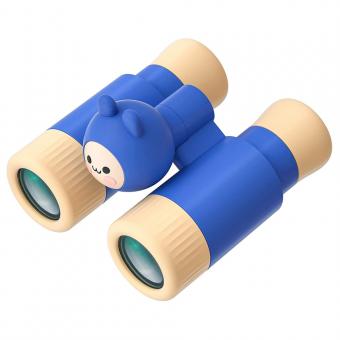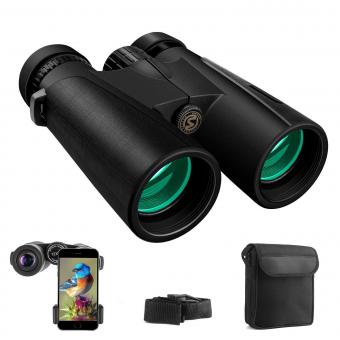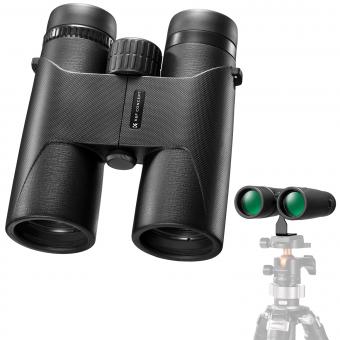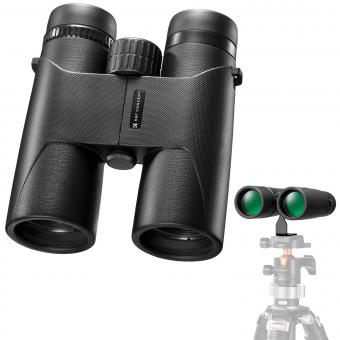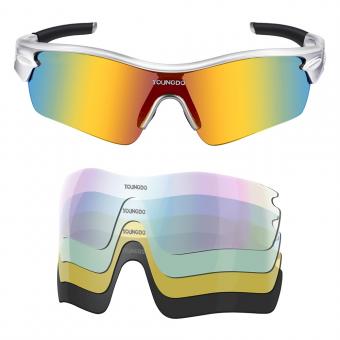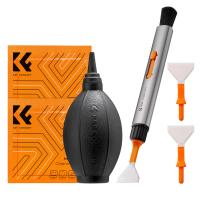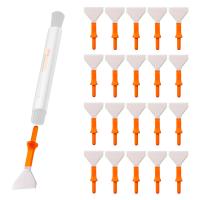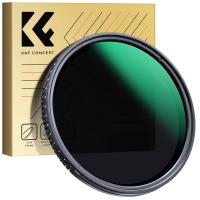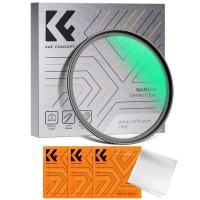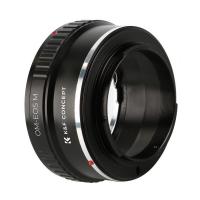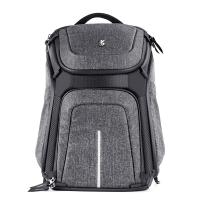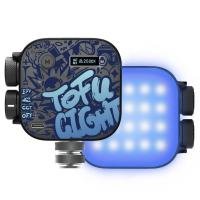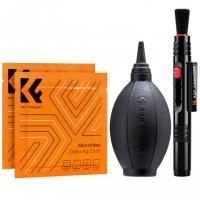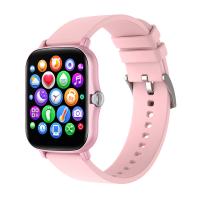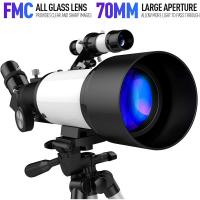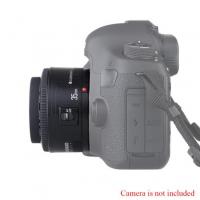What Is The Best Binoculars?
When it comes to choosing the best binoculars, the decision can be quite overwhelming due to the vast array of options available on the market. Whether you are a bird watcher, a stargazer, a sports enthusiast, or someone who enjoys outdoor adventures, the right pair of binoculars can significantly enhance your experience. This article aims to guide you through the essential factors to consider when selecting binoculars and provide recommendations based on different user needs.
Understanding Binocular Specifications
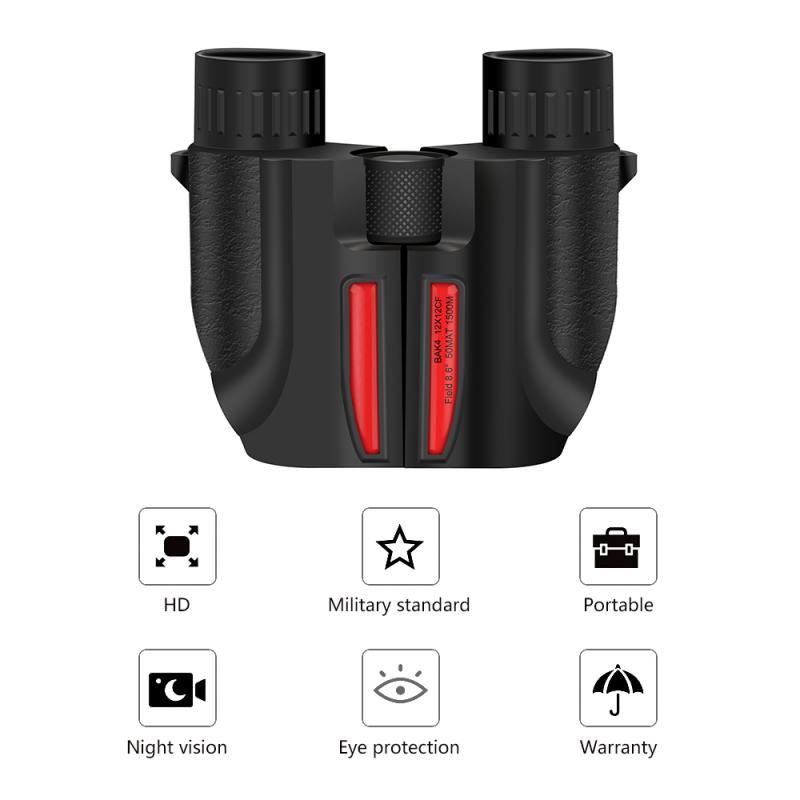
Before diving into specific recommendations, it’s crucial to understand the key specifications that define binoculars:
1. Magnification and Objective Lens Diameter: These are usually represented as two numbers, such as 10x42. The first number (10x) indicates the magnification power, meaning the object will appear ten times closer. The second number (42) is the diameter of the objective lens in millimeters, which affects the amount of light that enters the binoculars and, consequently, the image brightness.
2. Field of View (FOV): This is the width of the area visible through the binoculars, usually measured in feet at 1,000 yards or meters at 1,000 meters. A wider FOV is beneficial for tracking moving objects.
3. Exit Pupil: This is the diameter of the beam of light that exits the eyepiece, calculated by dividing the objective lens diameter by the magnification. A larger exit pupil provides a brighter image, especially in low-light conditions.
4. Prism Type: Binoculars use either Porro prisms or roof prisms. Porro prisms are generally bulkier but offer better depth perception and a wider field of view. Roof prisms are more compact and durable but can be more expensive.
5. Lens Coatings: Coatings on the lenses reduce glare and improve light transmission, resulting in clearer and brighter images. Look for terms like "fully multi-coated" for the best performance.
Best Binoculars for Different Needs
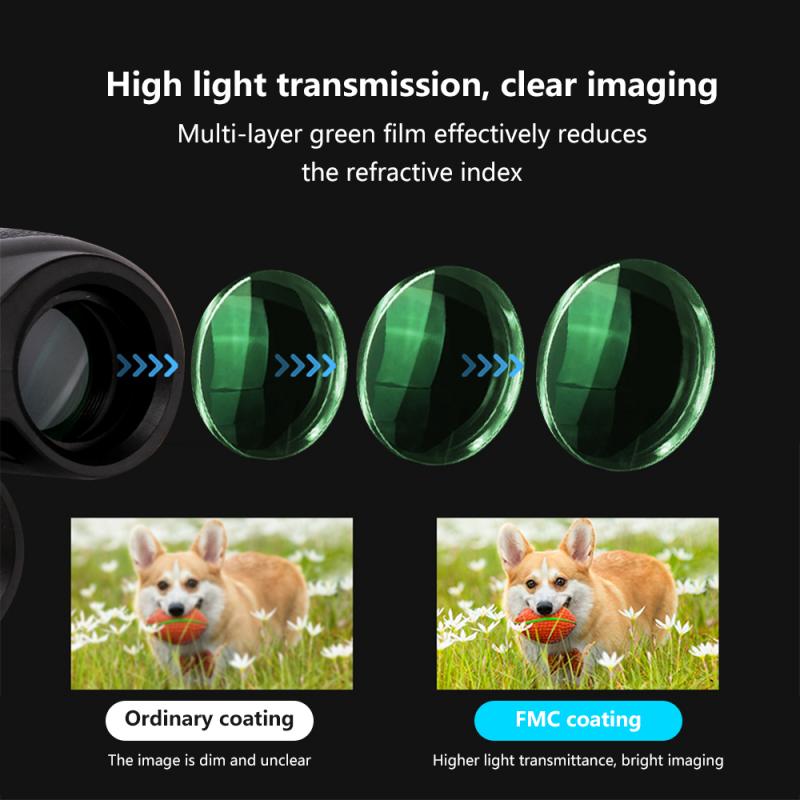
1. Bird Watching

Bird watchers require binoculars with excellent clarity, a wide field of view, and good color fidelity. The Nikon Monarch 5 8x42 is a popular choice in this category. It offers a balanced combination of magnification and objective lens size, providing bright and clear images. The wide field of view makes it easier to track birds in flight, and the high-quality optics ensure accurate color representation.
2. Stargazing
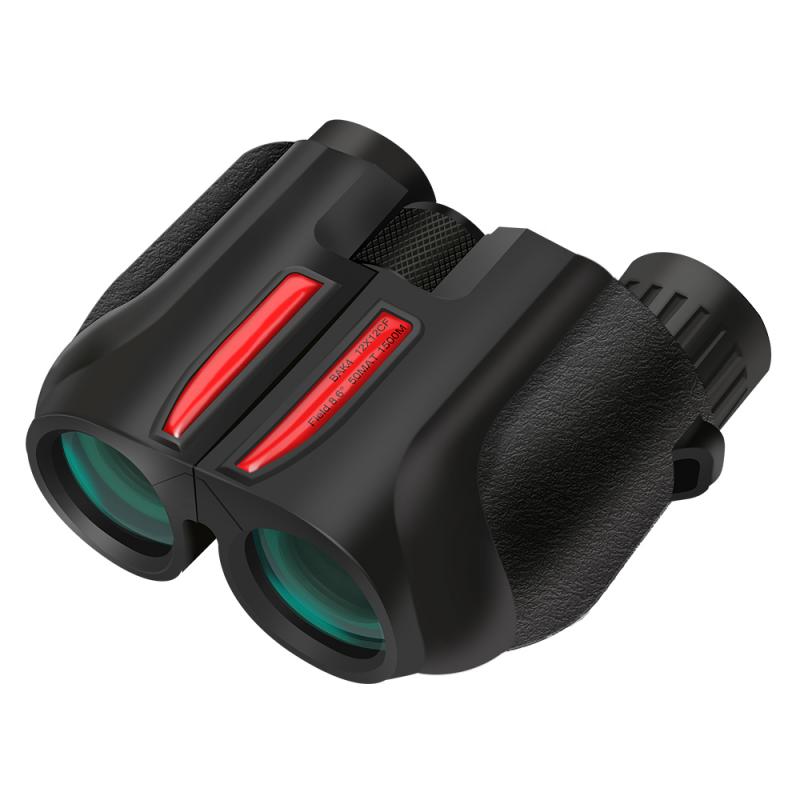
For stargazing, higher magnification and larger objective lenses are essential to gather more light and provide detailed views of celestial objects. The Celestron SkyMaster 15x70 binoculars are highly recommended for amateur astronomers. With 15x magnification and 70mm objective lenses, these binoculars offer excellent light-gathering capabilities, making them ideal for viewing stars, planets, and even some deep-sky objects.
3. Sports and Events
When attending sports events or concerts, portability and a wide field of view are crucial. The Bushnell Spectator Sport 10x50 binoculars are designed specifically for this purpose. They offer a good balance of magnification and objective lens size, providing clear and bright images while being lightweight and easy to carry. The wide field of view ensures you don’t miss any action on the field or stage.
4. Hiking and Outdoor Adventures
For hiking and general outdoor use, durability, compactness, and weather resistance are key factors. The Vortex Optics Diamondback HD 10x42 binoculars are an excellent choice. They are rugged, waterproof, and fog-proof, making them suitable for various weather conditions. The 10x magnification and 42mm objective lenses provide a good balance of image clarity and brightness, while the compact design ensures they won’t weigh you down on long hikes.
5. Marine Use
Marine binoculars need to be waterproof, corrosion-resistant, and have features that help with stability on a moving boat. The Steiner Marine 7x50 binoculars are specifically designed for marine environments. They offer 7x magnification, which is ideal for steady viewing on the water, and 50mm objective lenses for bright images. These binoculars are also waterproof and have a built-in compass for navigation.
Additional Features to Consider
1. Image Stabilization: Some high-end binoculars come with image stabilization technology, which is particularly useful for high magnification or when using binoculars on a moving platform, such as a boat or vehicle.
2. Rangefinder and Compass: For specific activities like hunting or marine navigation, binoculars with built-in rangefinders and compasses can be extremely beneficial.
3. Eye Relief: This is the distance from the eyepiece to your eye while still seeing the full field of view. Longer eye relief is essential for eyeglass wearers.
4. Weight and Ergonomics: Consider the weight and how comfortable the binoculars are to hold, especially if you plan to use them for extended periods.
Choosing the best binoculars depends largely on your specific needs and preferences. By understanding the key specifications and considering the intended use, you can make an informed decision that will enhance your viewing experience. Whether you are bird watching, stargazing, attending sports events, hiking, or navigating the seas, there is a perfect pair of binoculars out there for you.
Investing in a good pair of binoculars can open up a world of detail and beauty that is otherwise invisible to the naked eye. Take the time to research and test different models, and you will find that the right binoculars can significantly enrich your outdoor adventures and observational activities.



